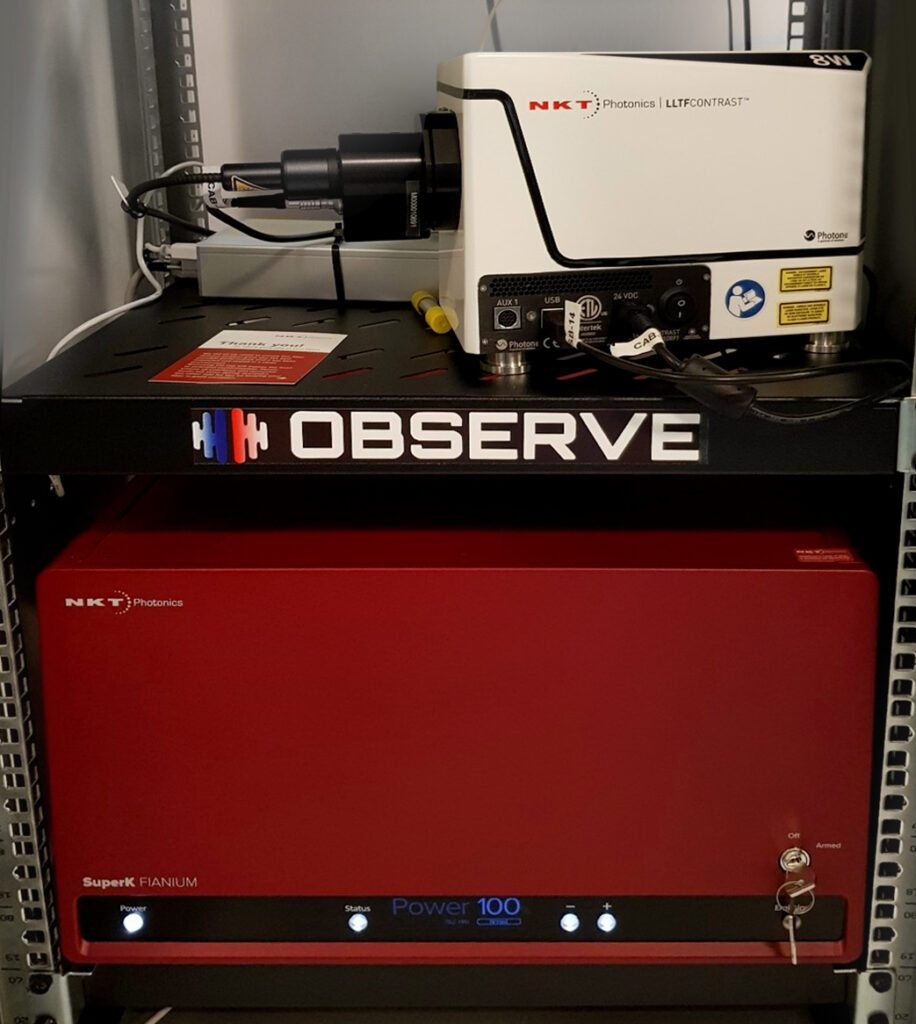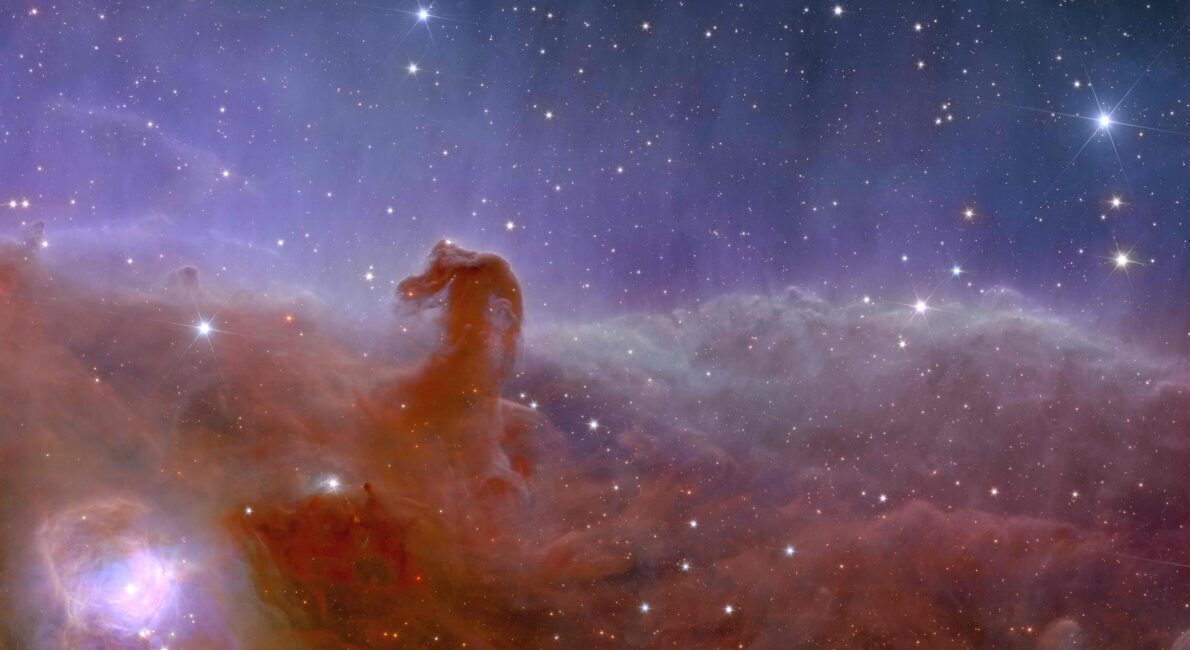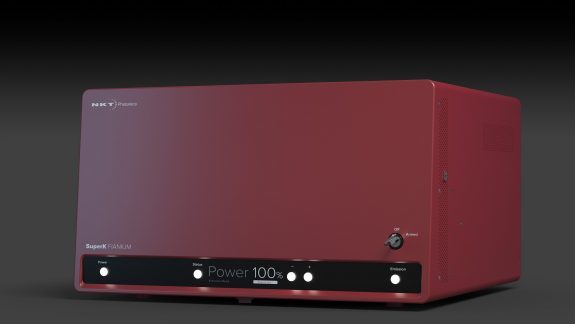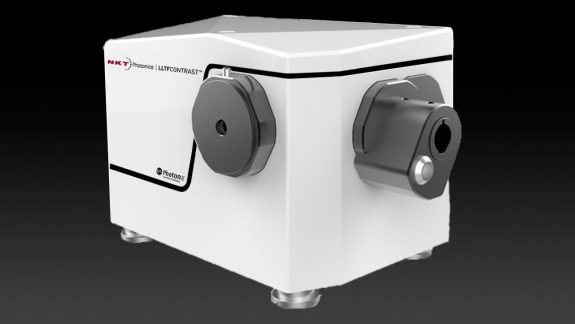Euclid’s view of the Horsehead Nebula. Photo by ESA/Euclid/Euclid Consortium/NASA, image processing by J.-C. Cuillandre (CEA Paris-Saclay), G. Anselmi
Space telescope Euclid maps dark matter
Euclid is a 1.2-meter mirror space telescope launched on 1 July 2023. Its main goal is to map the geometry of the Universe by observing the shapes and distribution of galaxies. It aims to shed light on the nature of dark energy, which is causing the expansion of the Universe to accelerate.
Additionally, Euclid will investigate the distribution of dark matter, which makes up a significant portion of the mass in the Universe but does not emit light or energy that we can detect with traditional telescopes.
The mission will use visible and near-infrared wavelengths to observe billions of galaxies across the sky over its planned six-year mission.
Image data processing in Lyon
In the telescope’s optical pathway, a dichroic mirror splits the light into visible and near-infrared channels. These channels will be simultaneously analyzed by two onboard scientific instruments, providing information about the shapes and distances of celestial objects.
The mirror comprises approximately 200 dielectric thin films, each optimized in thicknesses to create a notch filter for precise optical performance [1].
Variations in coating thickness across the mirror’s clear aperture result in chromatic variations of the WaveFront Error (WFE), causing distortion in the images of the astronomical objects and compromising the mission’s scientific goals [2].
Imagine Optic has designed and installed a dedicated bench called OBSERVE, funded by ESA (contract 4000135300/21/NL/PM), at the Laboratoire des Matériaux Avancés of Institut de Physique des 2 Infinis de Lyon.
This bench aims to accurately measure the dependency of the dichroic mirror’s WFE on wavelength, angle of incidence, and polarization.

The OBSERVE bench is equipped with a SuperK FIANIUM supercontinuum white light laser coupled with an LLTF Contrast tunable bandpass filter from NKT Photonics, to provide highly monochromatic light across a broad spectral range (<0.4 nm FHWM over the 510-950 nm range).
This light beam is expanded and directed onto a Flight Spare dichroic similar to the one integrated into the telescope.
Finally, the reflected WFE is analyzed with unprecedented accuracy, thanks to a custom-made Shack-Hartmann sensor, yielding measurements accurate to a couple of nanometers.
An extensive test plan is underway to evaluate the WFE under various illumination conditions. This essential data will be used to develop a predictive model for the optical behavior of the dichroic mirror during flight. This model will enable the correction of distortions in images acquired by the telescope.

References
[1] Advanced dielectric coatings for the Euclid mission telescope manufactured by the PARMS process, M. Lappschies, T. Weber, L. Venancio, and S. Jakobs, Optical Interference Coatings, 2016.
[2] Space Telescopes and Instrumentation 2016: Optical, Infrared, and Millimeter Wave, Proceedings volume 9904, Venancio et al.
Want to know more?
Learn more about Euclid at ESA’s website.





